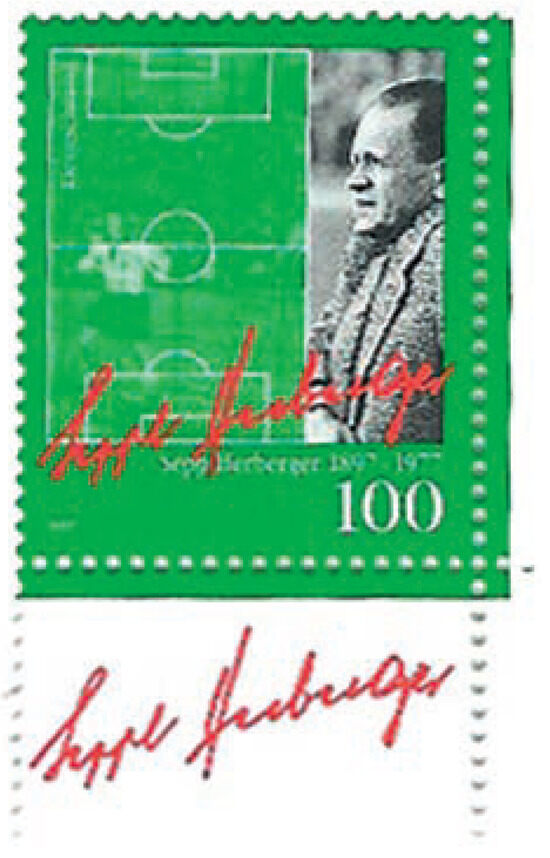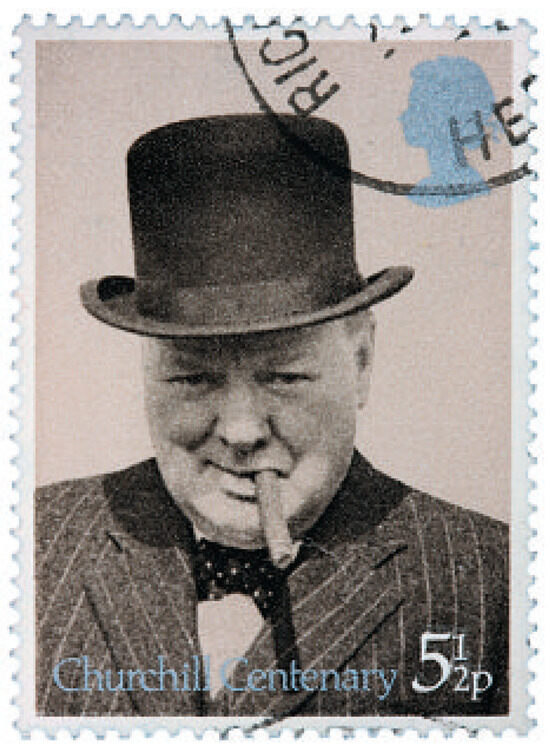“After a game is before another game” – When the famous German football national team coach Sepp Herberger once spoke these words he was probably not referring to pre-competition screening of athletes. However, the idea that immediately after one success one should focus on the next challenge can be readily applied to the theme of the current issue of Cardiovascular Medicine, devoted to pre-competition screening for the prevention of exerciserelated sudden cardiac death: while there has been remarkable progress in preventive measures and screening methods, with impressive reductions in fatal events, many open questions and diagnostic grey areas nevertheless remain. Even though sudden death in athletes is a relatively rare event – and obviously complete prevention will never be possible – people are still dying of potentially preventable sudden cardiac death associated with physical exercise, whether they are professional athletes or simply engaged in recreational sports. Thus, constant improvements in well established methods and development of new strategies should always be one of the major goals of any sports physician and sports cardiologist.
In this issue of the journal notable groups with different medical and local backgrounds provide an excellent overview of current guidelines and concepts, as well as developments in, and implementation of, measures to limit sudden death during the practice of sport.


Figure 1.
Sepp Herberger: German postage stamp (1997).
However it is viewed, the fact remains: sport and physical exercise in general are cornerstones of our everyday personal life. Although sedentarity is a growing global problem in modern societies, and one of the most dangerous cardiovascular risk factors, the value of physical activity is still underestimated. Besides the unquestionable advantages of sport from the viewpoint of mental and social wellbeing, regular physical exercise also results in improved physical fitness and health benefits that are well-established. However, as early as the late 1970s studies showed that the well known dose-effect relationship between the amount of physical exercise and the health benefit obtained only applies up to a certain cut-off point. Over that threshold fatal cardiac events increase. In the vast majority these fatal sport-associated events are due to sudden cardiac arrest (SCA) or even sudden cardiac death (SCD). The correlation between sports, particularly competitive sports, and increased SCD was recognised decades ago, but the question was – and still is: what kind of disposition or risk constellation makes an individual prone to such events during physical exercise? As Hoffmann demonstrates in this issue, using a subgroup analysis of truly and apparently healthy sportsmen, there may be clinical parameters for risk assessment: indeed, in the so-called “truly healthy” (from the cardiac viewpoint), SCD is a rare condition and chiefly due to commotio cordis, the commonest cause of which is a blunt blow to the chest triggering ventricular fibrillation. Prevention of these events (which often affect children due to their immature skeletal growth) is an important issue for sport-specific regulations and equipment. In people aged over 35 SCD is chiefly caused by coronary artery disease, and in a third group of individuals aged under 35 an underlying congenital (or acquired) cardiac defect is usually found. Other classifications, as used in the overview contributed to this issue of the journal by the experienced Italian group around Gaetano Thiene, Domenico Corrado and Cristina Basso, are based on a graduation related to the amount and type of physical exercise performed. Hence the terms “competitive” and “non-competitive” sports need to be clearly defined, as they have impact on the aetiology and prognosis of SCD. According to the definition of the Bethesda Conference, a competitive athlete is an individual, either amateur or professional, who is engaged in exercise training on a regular basis and participates in official sports competitions. An official sports competition (local, regional, national, or international) can be defined as an organised team or individual sports event that, placing a high premium on athletic excellence and achievement, is organised and scheduled within the framework of a recognised athletic association. This classification was established to cater for the fact that competitive athletes are exposed to a higher risk of SCD than recreational sportsmen, and therefore need more intensified screening strategies.
Nevertheless, by reading these definitions one becomes aware that it is often difficult to differentiate between a competitive athlete and an individual who exercises regularly merely for health benefit, without physically exerting himself up to his limits. In fact, certain kinds of character traits, such as marked ambition, may very well expose a non-competitive athlete to a risk similar to that run by an athlete participating in competitive sports. On average, however, non-competitive, purely recreational athletes carry a risk of SCD related to physical activity some 2.5 times lower than do competitive athletes.
Risk stratification according to the age of an athlete may be more important, as coronary artery disease and myocardial infarction are responsible for more than 80% of sudden cardiac deaths in this subsegment of athletes older than 35 years. It is anticipated that this age threshold will fall to a lower level in the next few years (e.g. thirty to thirty-two).
This age differentiation has major impact on SCA/SCD aetiology and therefore screening strategies: young and adolescent competitive athletes who die suddenly during or after physical exercise are most commonly affected by cardiomyopathies (e.g. hypertrophic cardiomyopathy [HCM] and arrhythmogenic right ventricular cardiomyopathy [ARVC], among others), congenital coronary anomalies and hereditary conduction anomalies (such as long-QT syndrome, Wolff-ParkinsonWhite [WPW] syndrome, Brugada syndrome, and catecholaminergic polymorphic ventricular tachycardia). Myocarditis is another underlying condition which may affect a structurally normal heart and increase the risk of SCD and may be more relevant in this context than initially estimated.
To sum up, we may assume that with the exception of commotio cordis due to an obvious blunt trauma, there is always a trigger (physical activity and exercise) striking on a preexisting substrate or underlying disorder. As the trigger can scarcely be influenced (only by banning an athlete from certain kinds of sports), all screening strategies should target these underlying substrates.
The importance of patient history and clinical examination as the two cornerstones of every pre-competition screening is obvious, whether the individual is young or old, competitive or not competitive, and with known or unknown heart disease. Moreover, sometimes it may be the only clue pointing to a potentially harmful underlying condition, as it is particularly the case in connatal coronary anomalies or arrhythmogenic right ventricular cardiopathy (ARVC). The importance of an additional 12lead resting ECG can be impressively demonstrated by comparing European and North-American pre-competition screening strategies: in the United States, where a 12-lead resting ECG is not part of the standard pre-competition screening recommendations, hypertrophic cardiopathy (HCM) is the single most common cause of SCD in young athletes (approximately one third of cases), whilst in large Italian series HCM as a cause of sports-related SCD is much rarer. Besides ethnic and socio-cultural factors (e.g. fewer black-African athletes in Italy), this fact has been chiefly attributed to the established use of a 12-lead resting ECG in primary screening, which is able to detect HCM in over 90% of cases. This fact has a major impact since HCM appears to be fairly frequent in the general population (incidence 1:500). In addition, an ECG can detect acquired or congenital conduction anomalies (e.g. Brugada syndrome, Wolff-Parkinson-White syndrome, long- or shortQT syndrome) which were probably underdiagnosed in the past. Nevertheless, several criticisms are justifiable, since the specificity of this tool is relatively low and findings associated with physiological adaptations may often prompt unnecessary and expensive follow-up examinations. Indeed, recent studies have questioned the prognostic value of formally “physiological” and insignificant ECG changes. Hence the interpretation of ECG findings should be placed in the context of the screened athlete’s age and ethnic characteristics. In this regard, the increased incidence of suspect ECG findings in black athletes is well known.


Figure 2.
British Winston Churchill postage stamp. © Ken Brown/Dreams-time.com.
Transthoracic echocardiography may be useful in finding a remedy in these “borderline” cases, but the feasibility and cost-effectiveness of echocardiography in primary screening of young athletes without further suspect findings has been questioned, as have exercise stress tests or additional diagnostic tools (e.g. computer tomography, magnetic resonance imaging). However, alternative or improved examination tools are needed, since potentially harmful conditions, such as congenital coronary anomalies or ARVC, are still underdiagnosed in this population.
The fact that SCD in athletes shows a clear male gender predilection should not misdirect screening recommendations: potentially harmful conditions in female athletes may sometimes be even more difficult to detect, since an athlete’s history may sometimes be inconclusive or findings may be unspecific (e.g. false positive treadmill testing), to name only a few cruxes of the matter in the female population concerning cardiovascular screening.
A general statutory requirement for screening examinations, as practised in Italy, remains debatable, but certainly individual conditions should be the determining factor.
As I started with a historical quote I would like to end with another – Churchill’s famous answer to a journalist’s question about the secret of his longevity: “First of all, no sports”. In this issue of the journal Binder and Schmid pose the question: “Was Churchill right after all?” Well, if Winston Churchill had had to go through today’s pre-participation screening the answer would certainly be “no”, but his risk stratification would have been tricky anyway.
© 2009 by the author. Attribution - Non-Commercial - NoDerivatives 4.0